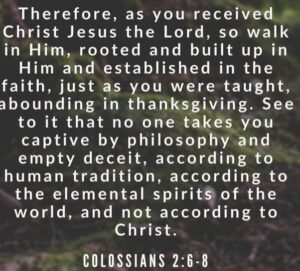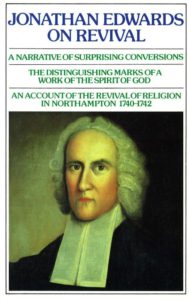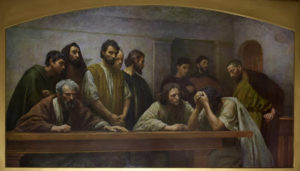 A “repetition” of the ancient path with Soren Kierkegaard.1For Kierkegaard true repetition goes beyond simply repeating acts in conformity to social expectations. He rejects inauthentic existence where one simply conforms to social expectations. Repetition is a philosophical and existential act of renewing everything that one had in order to gain a deeper understanding and appreciation of one’s personal life and relationships. It seeks to reassess one’s life commitment and intentionally takes personal responsibility for choices made in order to create a new, authentic self
A “repetition” of the ancient path with Soren Kierkegaard.1For Kierkegaard true repetition goes beyond simply repeating acts in conformity to social expectations. He rejects inauthentic existence where one simply conforms to social expectations. Repetition is a philosophical and existential act of renewing everything that one had in order to gain a deeper understanding and appreciation of one’s personal life and relationships. It seeks to reassess one’s life commitment and intentionally takes personal responsibility for choices made in order to create a new, authentic self
Reimagining Church and Christian Faith: A Kierkegaardian Critique
The contemporary call to “reimagine church and Christian faith” is often presented as a bold attempt to jettison outmoded church beliefs and practices in order to initiate a creative response to new cultural realities. However, we are mindful of cultural analysts who note with irony that youths who rebel against the social conventions of their parents end up wearing the same clothing fashions, listening to the same pop music and repeating the same platitudes to express support for diversity and social justice. In reality, these youths are merely exchanging one form of social conformity to another in the name of creativity.
It is ironic that churches also conform to the latest religious fashion in the name of “reimagining church and Christian faith”. 2Several prevailing characteristics of the contemporary “reimagine church and faith” movement (following its predecessor, the Emergent Church Movement) include the following: 1) A culture of experimentation and innovation to create seeker-sensitive services. 2) Use of multi-media and bands which incorporate contemporary music styles and art to attract a new generation of youth growing up in a culture of musical performance and entertainment. 3) Relevant messaging where practical advice and personal faith stories replace “mystifying” spiritual and doctrinal teachings of the traditional church. 4) Inclusive approach to Christian faith without demands for adherence to a set of clear-cut theological doctrines.
While these adaptations in church structure and faith practices to engage contemporary culture are not inherently problematic, the concern arises when these innovative external expressions of seeker-sensitive services have in practice inadvertently diminished the timeless truths of the gospel and supplanted inward spiritual passion and obedient discipleship. This dynamic raises important questions about the extent to which these shifts reshape the church’s spiritual identity and doctrinal continuity. Søren Kierkegaard (1813–1855) would diagnose this call for innovation as a symptom of a deeper spiritual sickness – the sickness of an age that has lost its inward passionate commitment of faith and its sense of eternity. In such an age, truth is reduced to nothing more than fashionable opinion. For Kierkegaard, when the church thoughtlessly follows the latest fashion, it is simply accommodating itself to “the spirit of the age” (Zeitgeist). It ceased to be the Church of the New Testament. It has become what he calls Christendom – Christianity domesticated and made respectable, a form without inwardness, reflection without obedience. Continue reading “Reimagining Church and Christian Faith: A Kierkegaardian Critique”

 In response to my earlier post on
In response to my earlier post on  The current revival at Asbury University, Kentucky, has caught the interest of Christians worldwide. However, some of my friends who have disappointing experiences in “revival meetings” organized by visiting “global prophets” have asked me how we know if a revival is genuinely a work of God.
The current revival at Asbury University, Kentucky, has caught the interest of Christians worldwide. However, some of my friends who have disappointing experiences in “revival meetings” organized by visiting “global prophets” have asked me how we know if a revival is genuinely a work of God.





